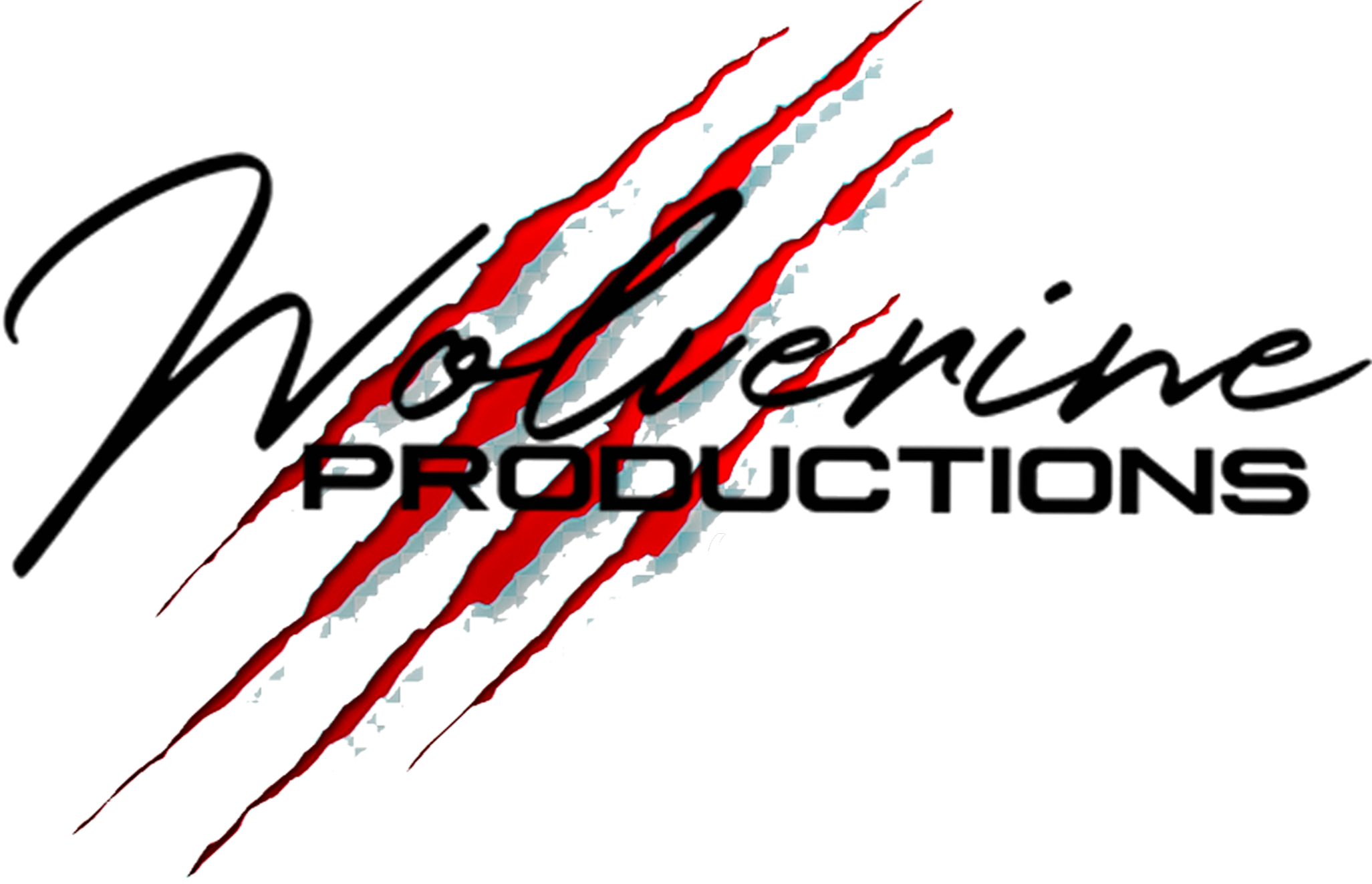Designing for E-commerce Success: Strategies for High-Converting Online Stores
In the digital era, the success of an e-commerce business hinges not only on the quality of its products but also on the design and functionality of its online store. To thrive in a competitive marketplace, e-commerce websites must be meticulously crafted to maximize conversions and deliver an exceptional user experience. In this comprehensive guide, we'll explore essential strategies for designing high-converting online stores that captivate visitors, instill trust, and drive sales.
Understanding the E-commerce Landscape:
E-commerce has witnessed explosive growth, with millions of online stores vying for consumers' attention. To stand out and succeed, e-commerce businesses must prioritize user-centric design and employ proven strategies that encompass:
1. Responsive Design: Ensure your e-commerce website is fully responsive, adapting seamlessly to various devices and screen sizes, including smartphones and tablets.
2. Intuitive Navigation: Implement clear and user-friendly navigation menus that make it easy for visitors to find products, categories, and essential information.
3. Visual Appeal: Create a visually appealing and cohesive design that aligns with your brand identity, using high-quality images and consistent branding elements.
4. Fast Loading Speed: Optimize page load times to prevent users from abandoning your site due to slow performance. Fast-loading pages improve the user experience and SEO.
5. Mobile Optimization: Prioritize mobile users by offering a mobile-optimized experience, including responsive design, mobile-specific navigation, and easy checkout.
Essential Strategies for High-Converting Online Stores:
Streamlined Product Search: Implement an efficient product search feature with filters, sorting options, and a predictive search bar to help users find what they're looking for quickly.
Clear Product Descriptions: Provide detailed and compelling product descriptions that highlight key features, benefits, and any unique selling points.
High-Quality Images: Display high-resolution images from multiple angles and include zoom functionality. Consider using product videos for a richer product presentation.
Trust Signals: Build trust with customers by prominently displaying trust badges, secure payment logos, and customer reviews and ratings.
User Reviews and Ratings: Encourage customers to leave reviews and ratings for products. Genuine user feedback enhances credibility and assists others in their purchase decisions.
User-Friendly Checkout: Simplify the checkout process with minimal form fields, guest checkout options, and a progress indicator. Offer various payment methods, including digital wallets.
Shopping Cart Visibility: Ensure the shopping cart is easily accessible and displays product details and a clear path to checkout.
Cross-Selling and Upselling: Strategically recommend related or complementary products during the shopping process to increase average order value.
Abandoned Cart Recovery: Implement an abandoned cart email series to entice customers to complete their purchases by offering discounts or incentives.
Personalization: Utilize data and user behavior to personalize product recommendations, content, and offers for individual visitors.
Secure and Transparent Policies: Clearly communicate shipping, return, and privacy policies to build trust and manage customer expectations.
Customer Support: Provide multiple channels for customer support, such as live chat, email, and phone, to address inquiries promptly.
Performance Optimization: Continuously monitor and optimize website performance, ensuring fast load times and smooth user interactions.
A/B Testing: Experiment with different design and content variations using A/B testing to identify what resonates best with your audience.
Conclusion: Crafting E-commerce Excellence:
Designing a high-converting online store is a multifaceted endeavor that combines user experience, visual appeal, and strategic functionality. To succeed in the competitive e-commerce landscape, businesses must prioritize user-centric design, seamless functionality, and trust-building elements.
As technology and consumer preferences evolve, ongoing optimization and adaptation are essential to maintain and enhance your e-commerce store's conversion rates and overall success. By implementing the strategies outlined in this guide and staying attuned to industry trends, you can position your online store for sustained growth and customer loyalty.
In the dynamic and ever-evolving world of e-commerce, your website is your digital storefront, and its design plays a pivotal role in shaping the customer journey. With the right strategies and a commitment to continuous improvement, your online store can not only meet but exceed customer expectations, driving conversions and ensuring long-term success. Remember that an exceptional e-commerce experience is not only about selling products but also about creating satisfied and loyal customers who return for more. It's about crafting an online shopping experience that leaves a lasting impression and fosters brand loyalty in a crowded digital marketplace.

Comments